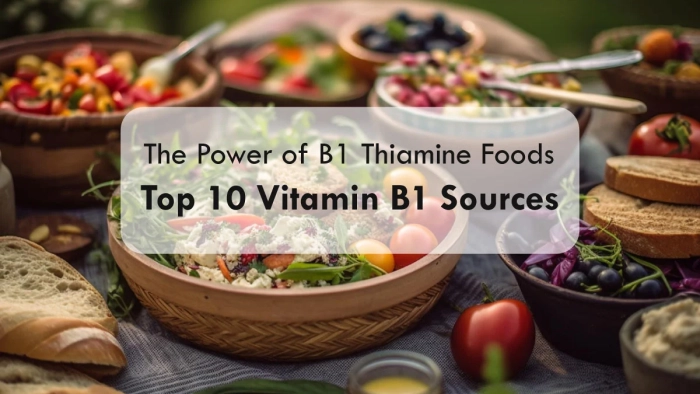Are you ready to embark on a transformative journey within yourself, exploring the profound secrets of chakras in the body? If you’ve ever wondered about the keys to unlocking your full potential, the world of chakras might hold the answers you seek. In this comprehensive exploration, we’ll delve deep into the captivating realm of chakras in the body and how these energy centers can enhance your life in ways you never thought possible. Prepare to be captivated as we traverse the intricate web of the seven chakras.
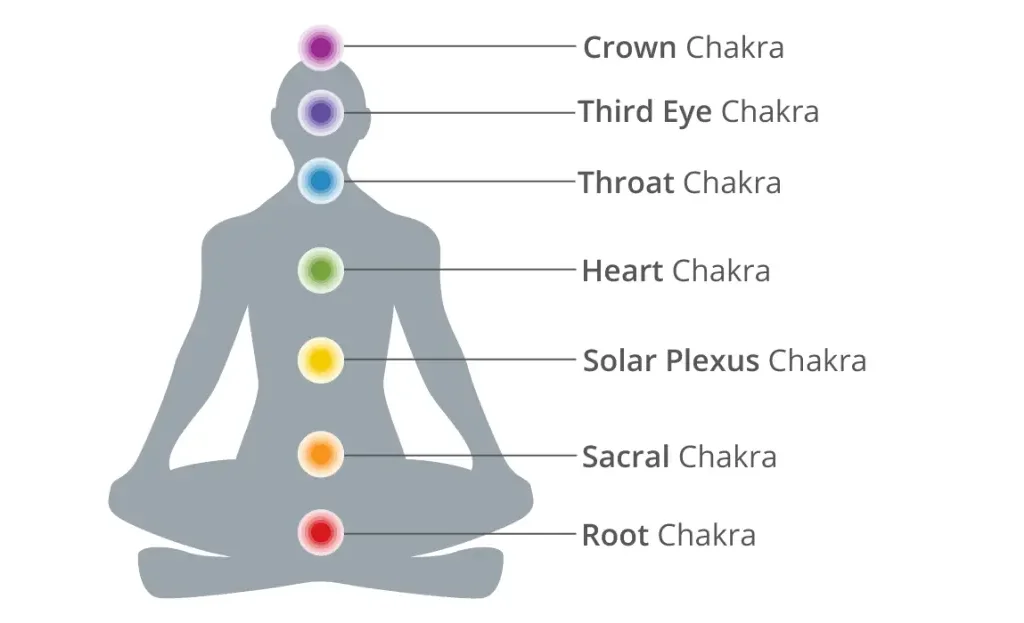
Table of Contents
- Peeling Back the Layers: Understanding Chakras in the Body
- Chakras in the Body: The Path to Inner Harmony
- The Synergy of Chakras and Science
- Conclusion: A Journey to a Transformed You
Peeling Back the Layers: Understanding Chakras in the Body
Chakras, derived from the ancient Sanskrit word for “wheels of energy,” represent a profound philosophy of human energy. These centers are strategically aligned along the spine, each resonating with distinct physical, emotional, and spiritual attributes. The journey begins with an understanding of the seven main chakras in the body, each holding its unique significance. Let’s embark on this enlightening journey:
The Root Chakra: Your Foundation
Nestled at the base of your spine, the Root Chakra, known as Muladhara, is your anchor to the physical world. It symbolizes your foundation, security, and survival instincts. Nurturing this chakra in the body can lead to a profound sense of stability and security in your life.
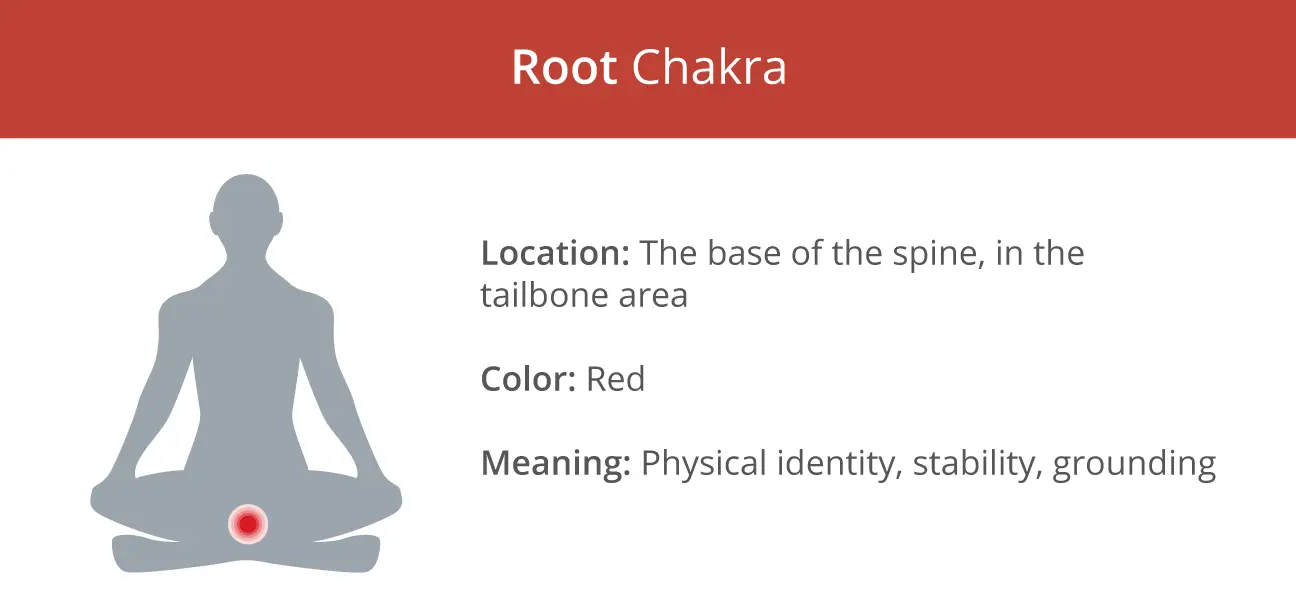
The Sacral Chakra: The Seat of Emotions
Moving up to the lower abdomen, you’ll find the Sacral Chakra in the body, also called Svadhisthana. It’s the epicenter of your emotions, creativity, and sexuality. A harmonious Sacral Chakra in the body can awaken your passion and creativity, allowing you to live life to its fullest.
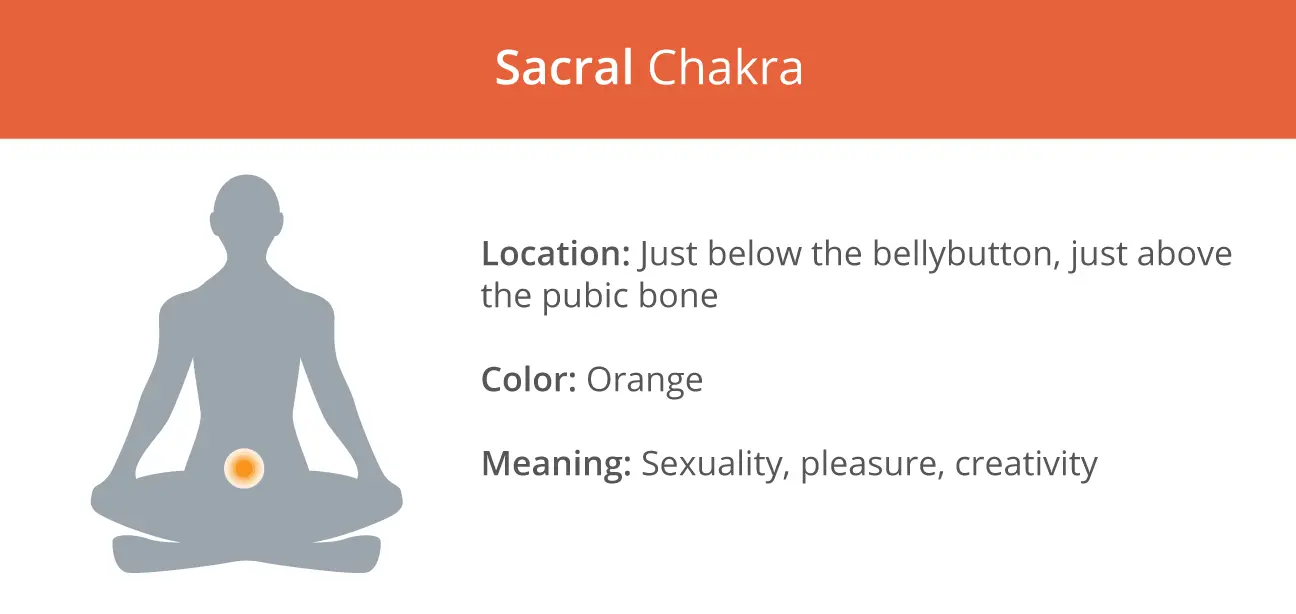
The Solar Plexus Chakra: Power and Confidence
Situated in the upper abdomen, the Solar Plexus Chakra in the body, known as Manipura, governs your self-esteem, confidence, and personal power. When balanced, it empowers you with unwavering self-assurance and the ability to conquer challenges.
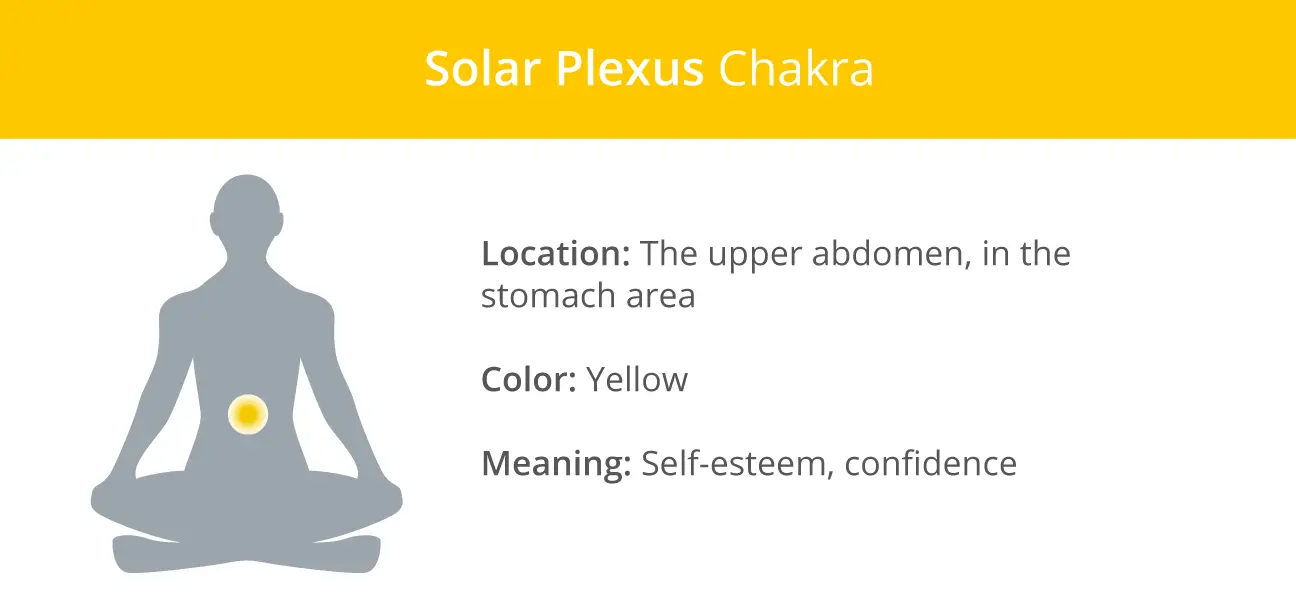
The Heart Chakra: The Essence of Love
Located at the center of your chest, Anahata, the Heart Chakra in the body, embodies love, compassion, and human connections. Balancing this chakra opens doors to harmonious relationships and selfless love.
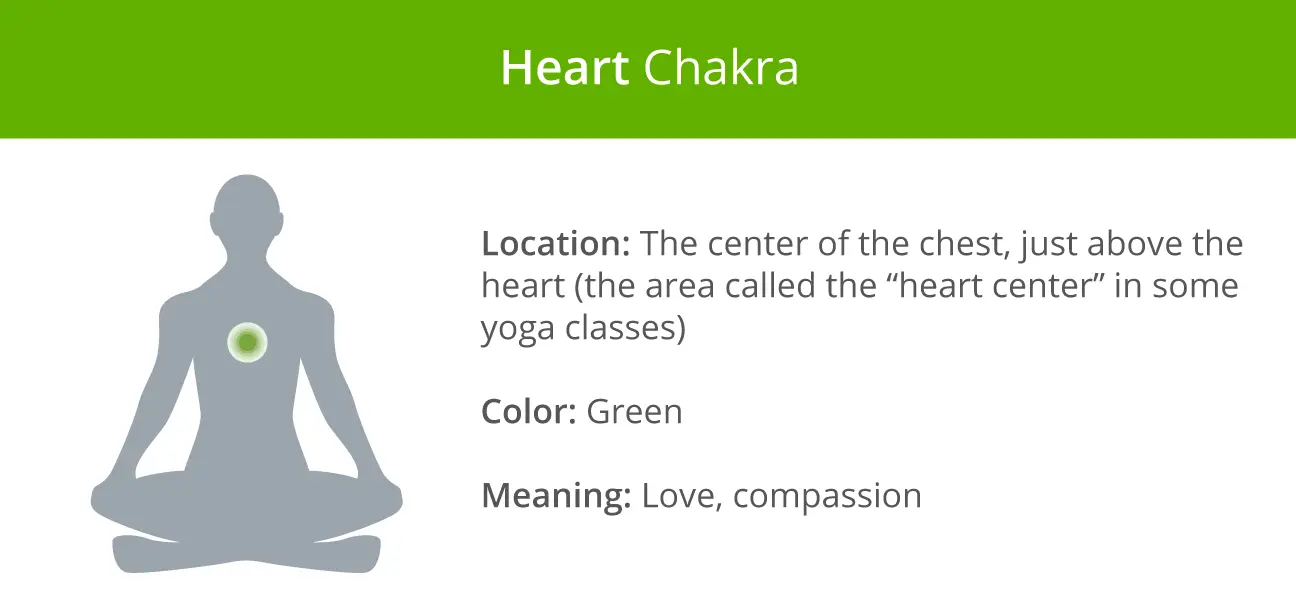
The Throat Chakra: Expression and Communication
Nestled in your throat region, the Throat Chakra in the body, Vishuddha, governs your ability to express yourself and communicate effectively. When in balance, this chakra allows you to articulate your thoughts with clarity.
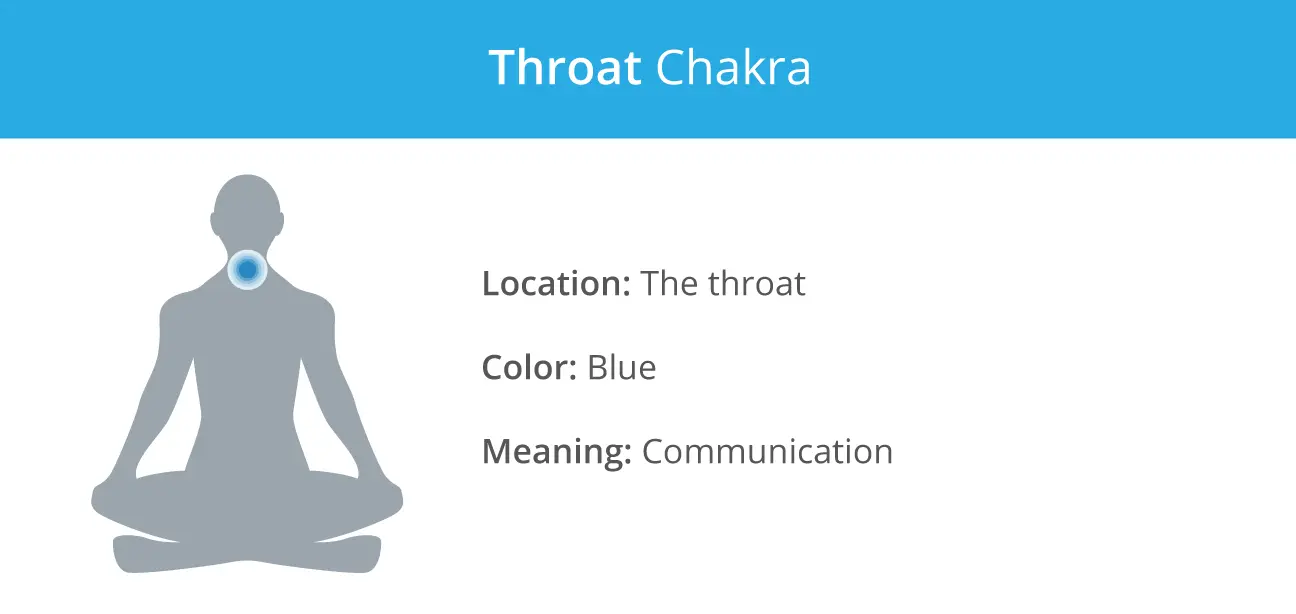
The Third Eye Chakra: Awaken Your Intuition
Positioned between your eyes, the Third Eye Chakra in the body, Ajna, is associated with intuition and insight. A balanced Third Eye Chakra heightens your awareness and perception of the world around you.
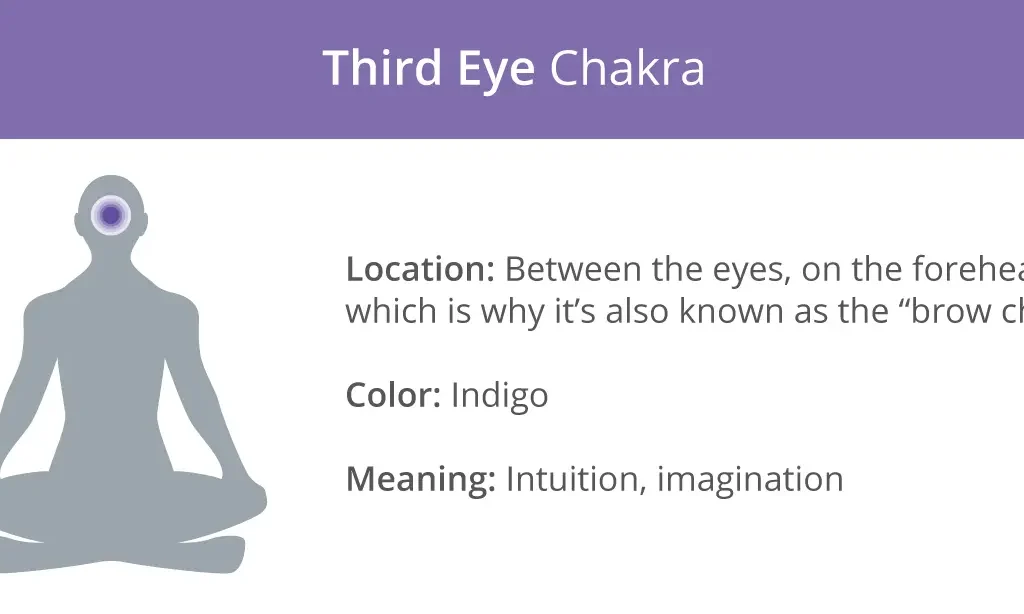
The Crown Chakra: Spiritual Connection
Crowning your head, Sahasrara, the Crown Chakra in the body, signifies enlightenment and spiritual connection. Balancing this chakra opens doors to a profound understanding of the universe and your place within it.
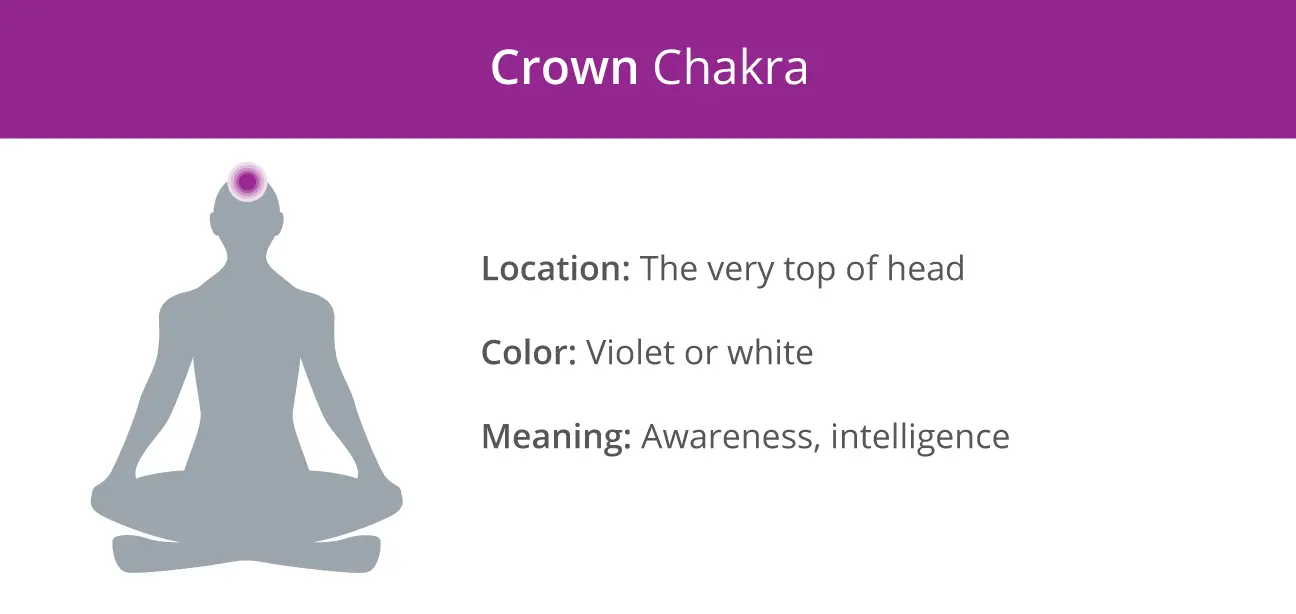
Chakras in the Body: The Path to Inner Harmony
Understanding and harmonizing your chakras in the body can have a profound impact on your overall well-being. When these energy centers are aligned, you experience a sense of equilibrium, vitality, and inner peace that permeates every aspect of your life. Here are some practical steps to help you align your chakras:
Meditation: The Gateway to Chakra Balance
Meditation is a powerful tool for clearing and balancing your chakras in the body. By focusing on each energy center, you can release blockages and promote harmony within.
Yoga: Poses for Chakra Alignment
Yoga offers a series of poses specifically designed to target and balance each chakra in the body. Integrating yoga into your daily routine can have a transformative effect on your energy centers.
Crystals and Gemstones: The Healing Power of Earth
Each chakra in the body resonates with specific crystals and gemstones. Incorporating them into your life, whether as jewelry or meditation tools, can aid in balancing your energy.
Aromatherapy: Scents for Inner Harmony
The use of essential oils in aromatherapy can help open and align your chakras in the body. By infusing your environment with the right scents, you can promote balance and well-being.
Diet and Nutrition: Nourishing Your Chakras
Eating foods that align with the colors associated with each chakra can promote balance and healing in the body. Incorporating this into your diet can enhance your overall well-being.
The Synergy of Chakras and Science
The concept of chakras, though deeply rooted in spirituality, exhibits an intriguing synergy with modern science. Recent research in the fields of psychology and neuroscience has unveiled connections between these energy centers and the body’s neural plexuses and endocrine glands, emphasizing their significance.
Conclusion: A Journey to a Transformed You
Embracing the wisdom of chakras in the body can lead to a more holistic, balanced, and awakened existence. As you understand the potency of these energy centers, you’ll unlock the potential for positive change in your physical, emotional, and spiritual well-being. So, prepare to embark on this captivating journey of self-discovery, and witness how chakras in the body can help you transform your life from within.


